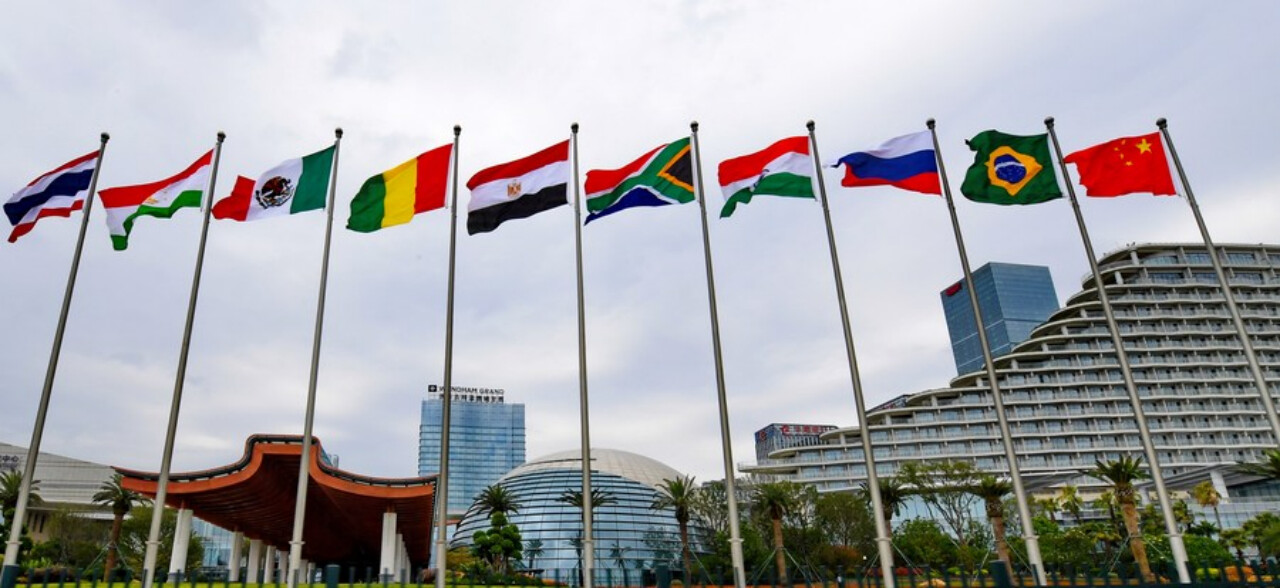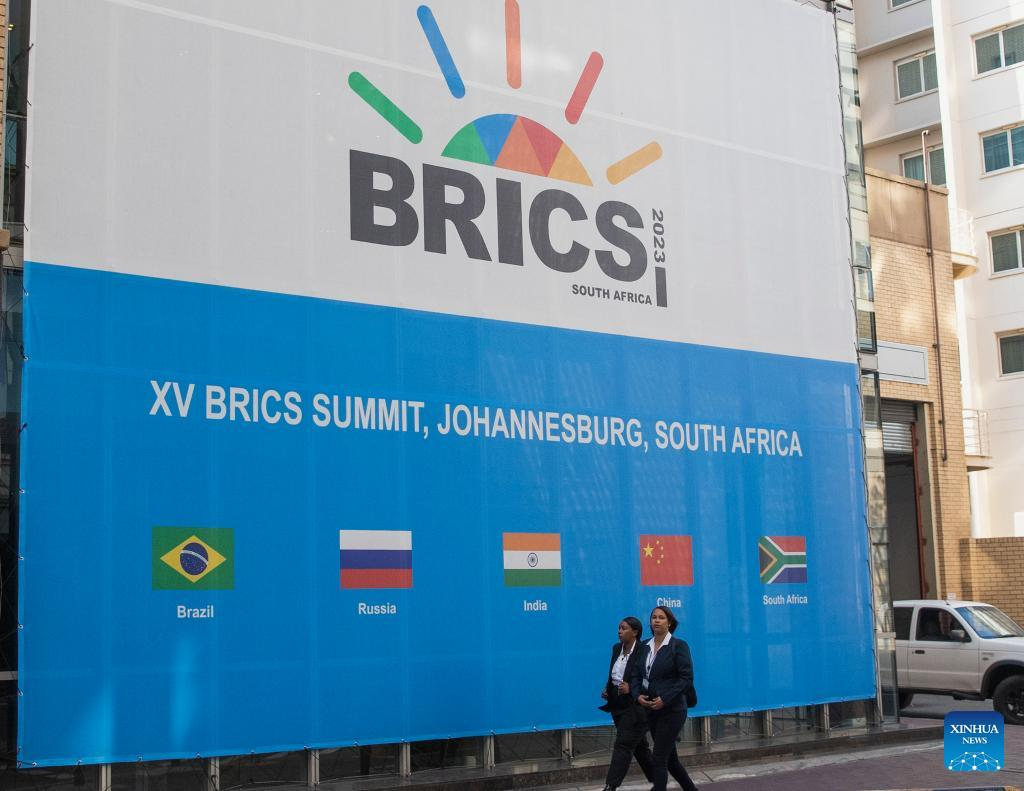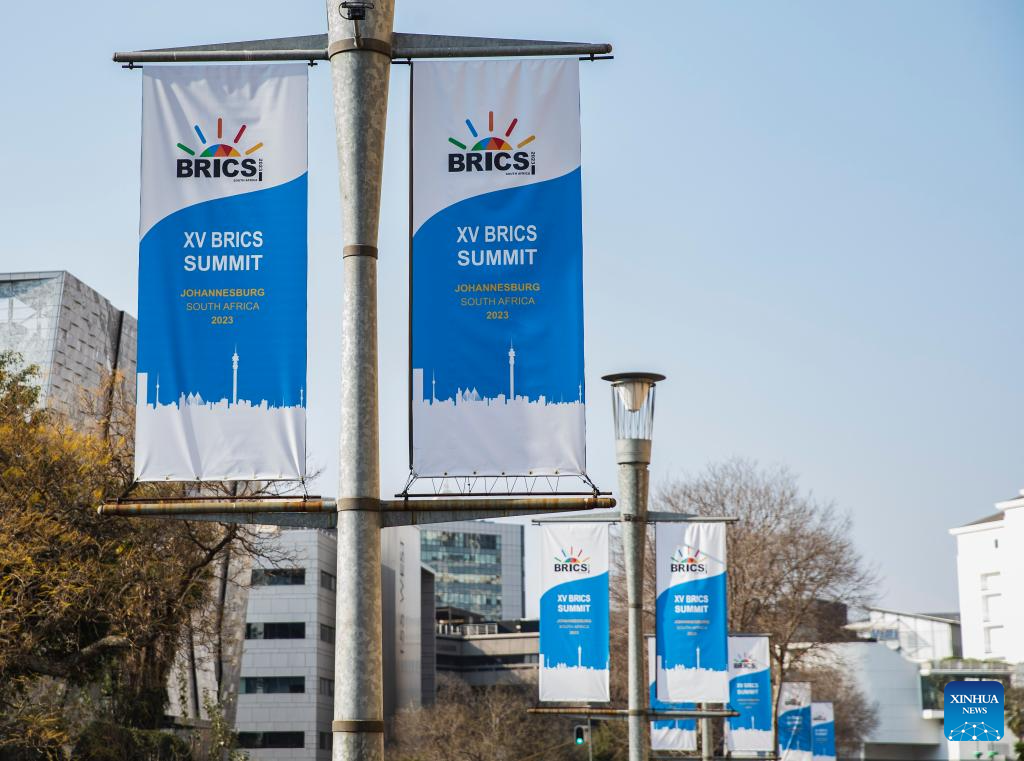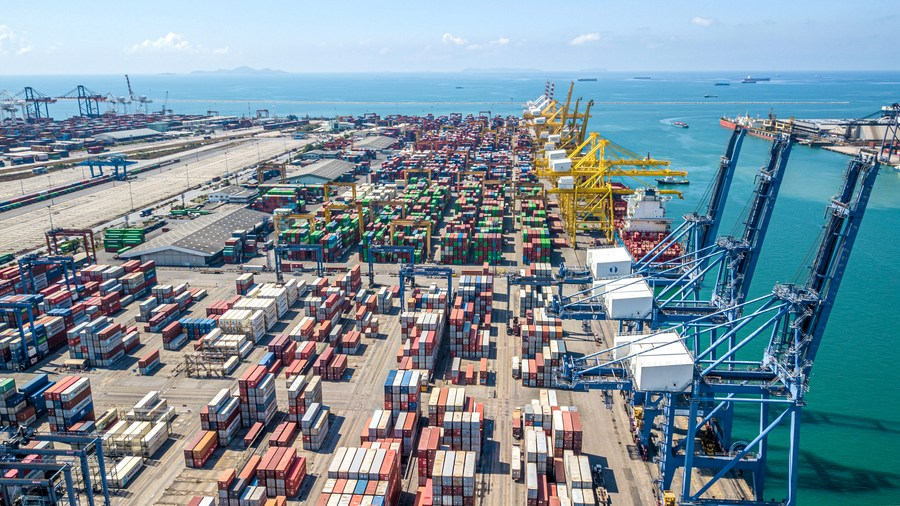
Flags in front of the Xiamen International Conference Center in Xiamen, Fujian Province at the 9th BRICS Summit. | Xinhua Photo
BRICS is expected to embrace the first member from the ASEAN countries. A draft of the official letter approved by the Thailand cabinet on Tuesday states that the country realizes the importance of multilateralism and the increasing role of developing countries in the international arena. The country's vision aligns with the group's principles.
Reaching US$514.94 billion of its GDP in 2023, Thailand achieved a real growth of 1.9%. According to the UNCTAD's 2023 World Investment Report, the inflow of foreign direct investment (FDI) in Thailand exceeds more than US$10 billion in 2022.
Currently in the queue of 15 countries being considered for admission, if approved, Thailand would be the first BRICS member from Southeast Asia. As non-member countries aspire to join to participate in the 16th BRICS summit in Kazan, Russia, from Oct 22 to 24 this year, it would be good timing for Thailand to accelerate the membership process.

People walk near the venue of the 15th BRICS Summit in Johannesburg, South Africa, Aug. 21, 2023. | Xinhua Photo
The acronym BRIC, coined by British economist Jim O'Neill in the paper Building Better Global Economic BRICs in 2001, originally refers to Brazil, Russia, India, and China as emerging markets and developing countries (EMDCs) with huge potential for economic growth and investment opportunities.
Since its formal launch, the group has become a representative for the Global South countries for growth and development, and has hosted annual summits since 2009. Proposed by China, two financial collaboration mechanisms have been launched — the Contingent Reserve Arrangement (CRA) in 2014 and the New Development Bank (NDB) in 2015, respectively.
The former is a framework for the provision of support through liquidity and precautionary instruments in response to actual or potential short-term balance of payments pressures. The latter, as a multilateral development bank, targets mobilizing resources for infrastructure and sustainable development projects in EMDCs.
Moreover, the important platform for cooperation among developing countries has received numerous membership applications for decades and expanded its community.
Hosted by China at the 3rd BRICS Summit in Sanya in April 2011, South Africa officially became a member of the group. At the 15th BRICS Summit in Johannesburg in August last year, leaders of the BRICS countries determined to invite Egypt, Ethiopia, Iran, Saudi Arabia, and the United Arab Emirates to join the group. The memberships of these five countries officially took effect in January this year.

A view near the venue of the 15th BRICS Summit in Johannesburg, South Africa on Aug. 21, 2023 | Xinhua Photo
With more members of the BRICS countries, the group's economic and political clout in the global arena has been rising.
More than 3.3 billion people live in the BRICS countries in 2023, including the world's two most populous countries: India and China. In 1995, G7 countries accounted for 44.9% of the global GDP at purchasing power parity (PPP), while the BRICS counterparts only accounted for 16.9%. However, by 2023, BRICS countries collectively have recorded a 32.1% share of global GDP at PPP, exceeding the G7's 29.9%.
These numbers echo the dynamics of the global economy's center of gravity proposed by Danny Quah, an economist and dean at the Lee Kuan Yew School of Public Policy.
Focusing on the dynamics of the average location of economic activity across geographies on Earth, he noted that the global economy's center of gravity changed from mid-Atlantic in 1980 to east of Helsinki and Bucharest in 2008. He later projected that the world's economic center of gravity would be located between India and China by 2050.

A view of the Laem Chabang Port in Chonburi Province, Thailand on Jan. 24, 2022. | Xinhua Photo
Spanning from continents such as Asia, Africa, to Latin America, the BRICS countries can collaborate with countries that sign regional trade agreements to boost development in the area. The Regional Comprehensive Economic Partnership (RCEP) Agreement, which came into force in January 2022, will serve as a prime example.
As the world's largest Free Trade Agreement (FTA), RCEP comprises 15 countries, including China, Japan, South Korea, ten ASEAN countries, and Australia and New Zealand. The pact covers about 30% of global GDP and nearly a third of the world's population.
With Thailand's bid for BRICS membership, it is discernible that the group has gained popularity among emerging markets and developing countries that yearn for development, sustainable growth, and prosperity.
Author: Clonde Zhang
Editor: Steven Yuan, Abby, James
















